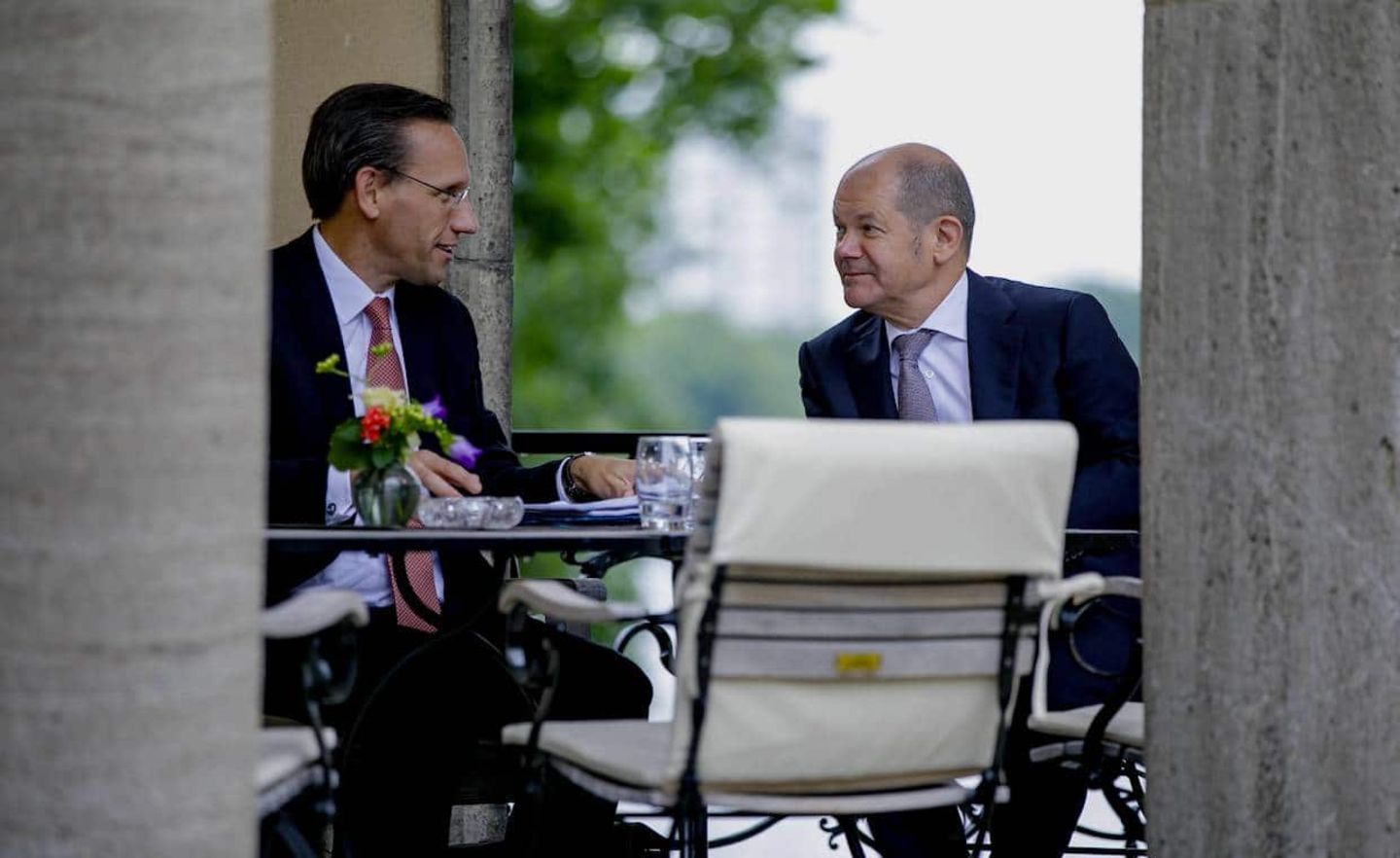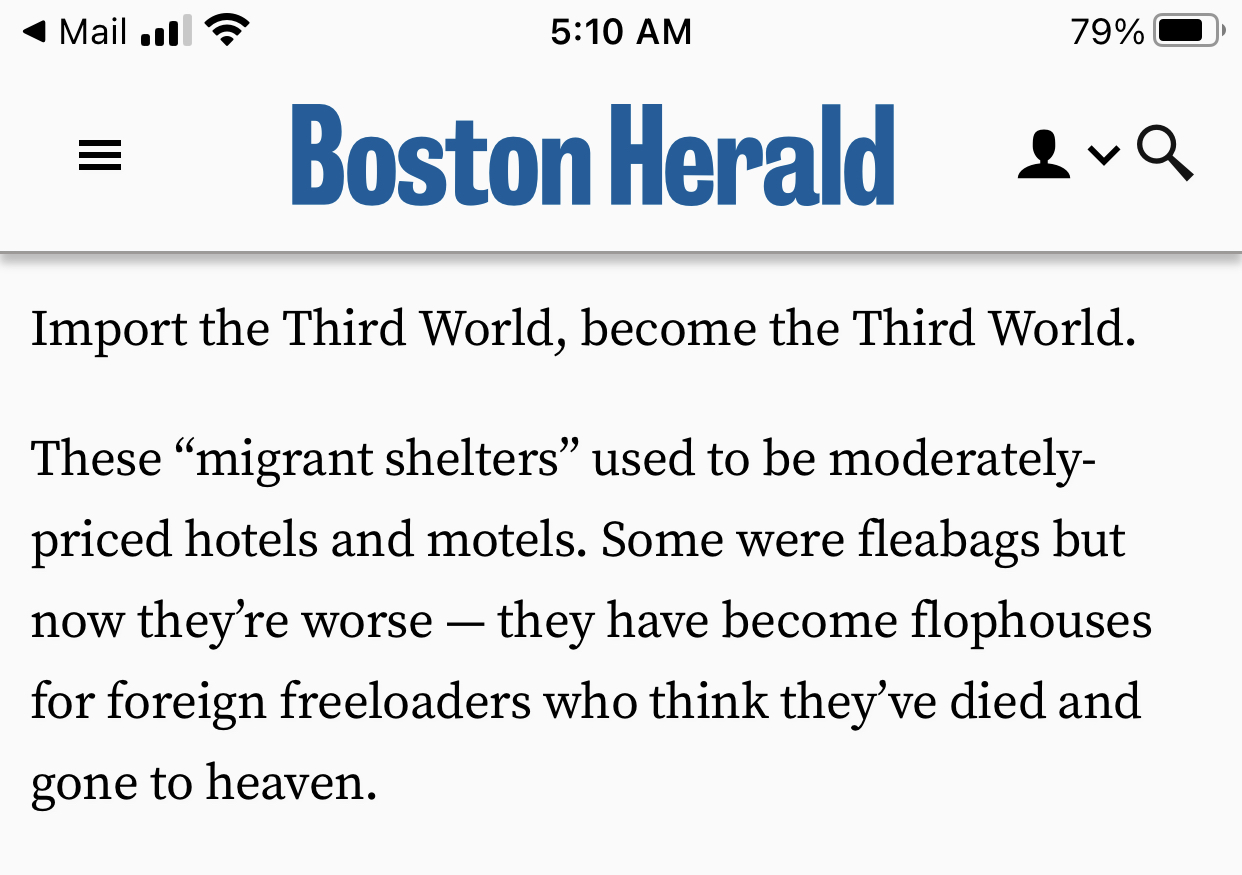I continue to see friends on Facebook and a few other social media sites claiming that Ukraine’s President Zelensky and his wife are using millions if not billions of U.S. aid money to buy fancy cars and mansions….ehhh….c’mon people do that work please and stop getting punked by a former Marine and sheriff deputy from Florida that too fled to Russia….yes…fled and he is loving his deep fake life there and you are helping him win the bot/disinformation/propaganda war…and many members of Congress have bought into all this….but save yourself the humiliation and read on…
***
It is not just here in the United States by the way…Europe is getting pummeled too:
The article looks real enough, though petrolheads may note the misspelling of Tourbillon. It even cites as evidence a video recorded by a dealership employee describing the supposed sale, and a picture of a Bugatti invoice for €4.5 million made out to Mrs. Olena Zelenska. If you were under any doubt, the site’s name should lay your fears to rest: Verite Cachee or, in English, hidden truth.
In fact, the video is a deepfake, the invoice is falsified, and the entire site is part of a Kremlin-linked influence operation, using AI-generated content to deliver a payload of Russian talking points. The false attack on Zelenska was designed, it seems, to hint at corruption.
Veritecachee.fr is one of two sites set up less than two weeks after French president Emmanuel Macron announced a surprise election, the other called France en Colere (Angry France). The Bureau of Investigative Journalism (TBIJ) and the Tow Center have connected both to a network of websites linked to John Dougan, an American former police officer now living in Moscow and known for spreading Kremlin-backed disinformation. This network was first identified by researchers at Clemson University in December last year.
Even as this Dougan-affiliated network has targeted the French election, another Russia-linked disinformation operation, unmasked by French authorities earlier this year, has ramped up its activity in Europe. In June, the “Portal Kombat” network launched ten new sites, mostly aimed at Europe. Another five targeting Eastern Europe were set up in April and May. Read it all here for further context. 
*** In part below:
It starts with a NewsGuard analyst happening upon what appeared to be a fledgling Washington D.C.-based news site promoting Russian propaganda. Unbeknownst to her, this was six months after her boss and his family had been threatened in a YouTube video that included an aerial shot of his home and calls to his unlisted phone number by a Russian disinformation operative working from a studio in Moscow. It turns out that this D.C. website, those threats to NewsGuard’s co-CEO, and what NewsGuard discovered were dozens of similar hostile information operations — including a “documentary” that the Russians used as an excuse to invade Ukraine — were all orchestrated by the same man — John Mark Dougan, a former Florida deputy sheriff who fled to Moscow after being investigated for computer hacking and extortion.
As of this writing, NewsGuard has discovered 167 Russian disinformation websites that appear to be part of Dougan’s network of websites masquerading as independent local news publishers in the U.S. and 15 films on Dougan’s since-removed YouTube channel. Ranging from Ukrainian President Volodymyr Zelensky siphoning off money meant to aid the war against Russia so he could buy an estate in England owned by King Charles, to a non-existent U.S. bioweapons lab in Ukraine being the reason the Russians had to invade that country, these concocted stories have been amplified on social media accounts to reach a broad global audience of more than 37 million views—including 1,300,000 views of just the narrative about Zelensky buying the king’s estate.
As a journalist based in Washington who scrutinizes the credibility of news outlets as a profession, I was familiar with the landscape of trusted local publications in the area. DCWeekly did not appear to be one of them.
I first noticed the site when it published an article reporting that the Ukrainian Azov Battalion was recruiting in France. It carried the byline “Jessica Devlin,” who was described as a “distinguished and highly acclaimed journalist.” Another scoop: The U.S. had bought a mansion for Ukrainian President Volodymyr Zelensky in Vero Beach, Florida.
Everything about the website and these articles was a red flag: The site presented itself as a credible new local news source yet was propagating fabricated narratives that smelled of Russian influence.
It turned out that “DCWeekly” is not actually based in the nation’s capital. Nor is “Jessica Delvin” a real person. As uncovered by researchers at Clemson University, the site operates from Moscow, hosted on an IP address belonging to John Mark Dougan.
His is a name I would come to know well over the coming months.
In further briefings, I learned that Dougan, a former marine, had been an officer in the Sheriff’s Department in Palm Beach County, Florida, until 2016, when he fled to Russia and was granted asylum after being targeted in a computer hacking scheme. Since then, I was told, he had become well known to the FBI and, as they put it, “our sister security agencies” as a Russian operative who specialized in producing some of the Russians’ most elaborate disinformation campaigns and narrating them as if he were an independent American journalist.
Relatedly, it appeared that the aerial video of my home in Dougan’s video was not a simple Google satellite shot. Instead, it had probably been taken by a drone that someone had hired. [Dougan denies this; see below.] I was also told that those same sister agencies reported that Dougan was still in Russia. “So he poses no imminent threat to you,” the lead agent on the case said.
But he knows where I live and the Russians must have people all over the United States, I said. And he must have followers here on his YouTube channel that could act on their own. The FBI agents agreed. This was more serious than a few random crank emails. In a meeting a few days later with three agents and my wife sitting at our dining room table, we agreed on a multifaceted security plan to be implemented by a private security company.
I now live in a home surrounded by twelve motion-detecting security cameras, monitored remotely by the security service, and filled with dead-bolt window and door locks and other reminders of Dougan’s video—which produced multiple new death threats.
***








